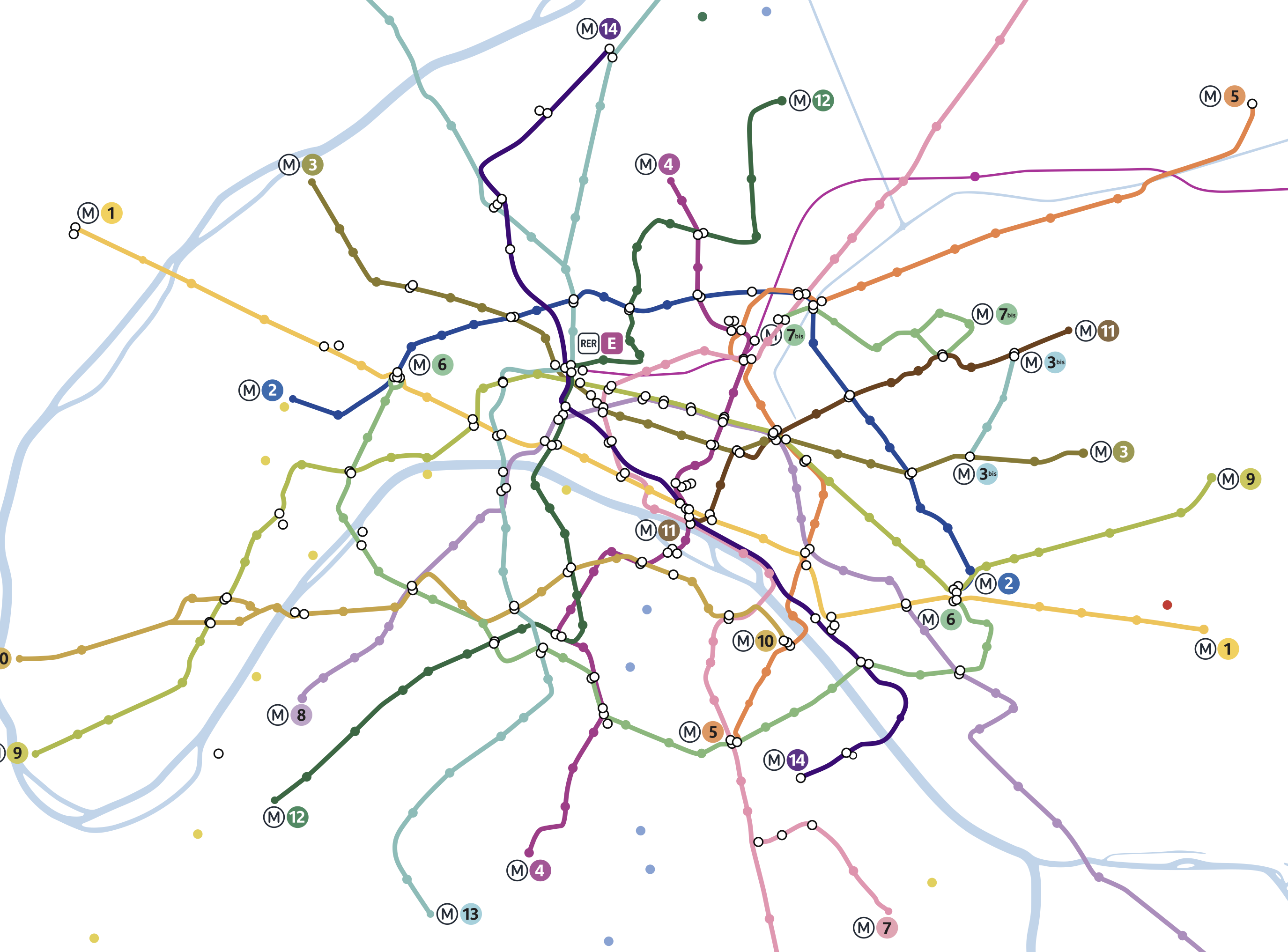#P13794. [SWERC 2023] Metro quiz
[SWERC 2023] Metro quiz
题目描述
:::align{center}

:::
Two Olympics spectators are waiting in a queue. They each hold a copy of the metro map of Paris, and they devised a little game to kill time. First, player A thinks of a metro line (chosen uniformly at random among all metro lines) that player B will need to guess. In order to guess, player B repeatedly asks whether the line stops at a metro station of her choice, and player A answers truthfully. After enough questions, player B will typically know with certainty which metro line player A had in mind. Of course, player B wants to minimise the number of questions she needs to ask.
You are given the map of the metro lines (numbered from 1 to ), featuring a total of metro stations (numbered from 0 to ) and indicating, for each line, those stations at which the line stops. Please compute the expected number of questions that player B needs to ask to find the answer, in the optimal strategy.
In other words, given a strategy , note the number of questions asked by the strategy if the metro line in the solution is line . Then, note
$$E_S = \mathbb{E} \left[ Q_S \right] = \frac{1}{M} \sum_{j = 1}^M Q_{S, j} $$the expected value of assuming that is uniformly chosen from the set of all metro lines. Your task is to compute .
If it is not always possible for player B to know which line player A had in mind with certainty, output .
输入格式
The first line contains the number . The second line contains the number . Then follow lines: the such line contains first a positive integer , then a space, and then space-separated integers ; these are the metro stations at which line stops. A line stops at a given station at most once.
Limits
- ;
- .
输出格式
The output should contain a single line, consisting of a single number: the minimum expected number of questions that player B must ask in order to find the correct metro line, or \texttt{not possible} (in lowercase characters). Answers within of the correct answer will be accepted.
5
4
3 0 3 4
3 0 2 3
3 2 3 4
2 1 2
2
3
3
1 0
1 1
1 2
1.66666666666667
提示
Sample Explanation 2
Ask the first question about station 0: this is optimal by symmetry of the problem. This lets us distinguish between line 1, which stops at station 0, and lines 2 and 3, which do not. If needed, ask a second question to distinguish between lines 2 and 3. Player B asks one question if the answer is line 1, and two questions otherwise. Thus, the expected number of questions she will ask is .
